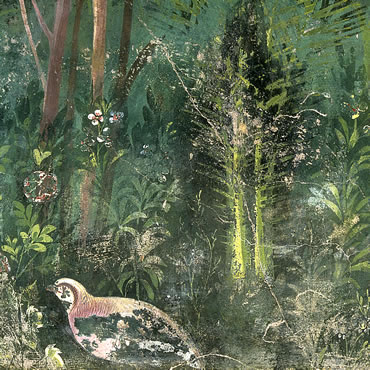5. The use of natural resources

The ancient inhabitants of the Vesuvian plain took the raw materials that provided everything they needed for everyday life from their surrounding environment. Plants and animals were used in a wide variety of ways, while sand, metals, and rocks were converted into a diverse array of objects.
We can construct the ancient Romans’ botanical knowledge through literary and iconographic sources. Plants were given names which were tied to their observable characteristics.
The identification of plant species came from comparing individual characteristics of different plants. In paintings, plants were often depicted very accurately, and this has helped us to identify many species. Present day macroscopic and microscopic identification of seeds, fruits, pollen, and wood found in archaeological contexts has provided valuable information about Pompeian flora.
In ancient times, people drew on many resources of the plant world: trees, bushes, and herbaceous plants were used for civilian constructions, for military uses, and in cabinet-making. They were also used for food, medicine, cosmetics, and making cloth.
Some plants were used differently from today: quince, for example, was used for perfumes, the fibres of broom for making textiles, and fennel was used to cure many illnesses, while acorn flour was used as a food in times of famine.
Plant species had been introduced into Italy from more established civilisations beginning in very ancient times. The grape vine and the olive arrived in the Vesuvian area from the Greek Colonies, while the lemon, originating in India, was cultivated in the Vesuvian plain by the first century AD. During the same period, the peach and apricot were introduced to Italy, first brought to Greece from Armenia, and a new variety of cherry, which Lucullus imported from Pontus.

